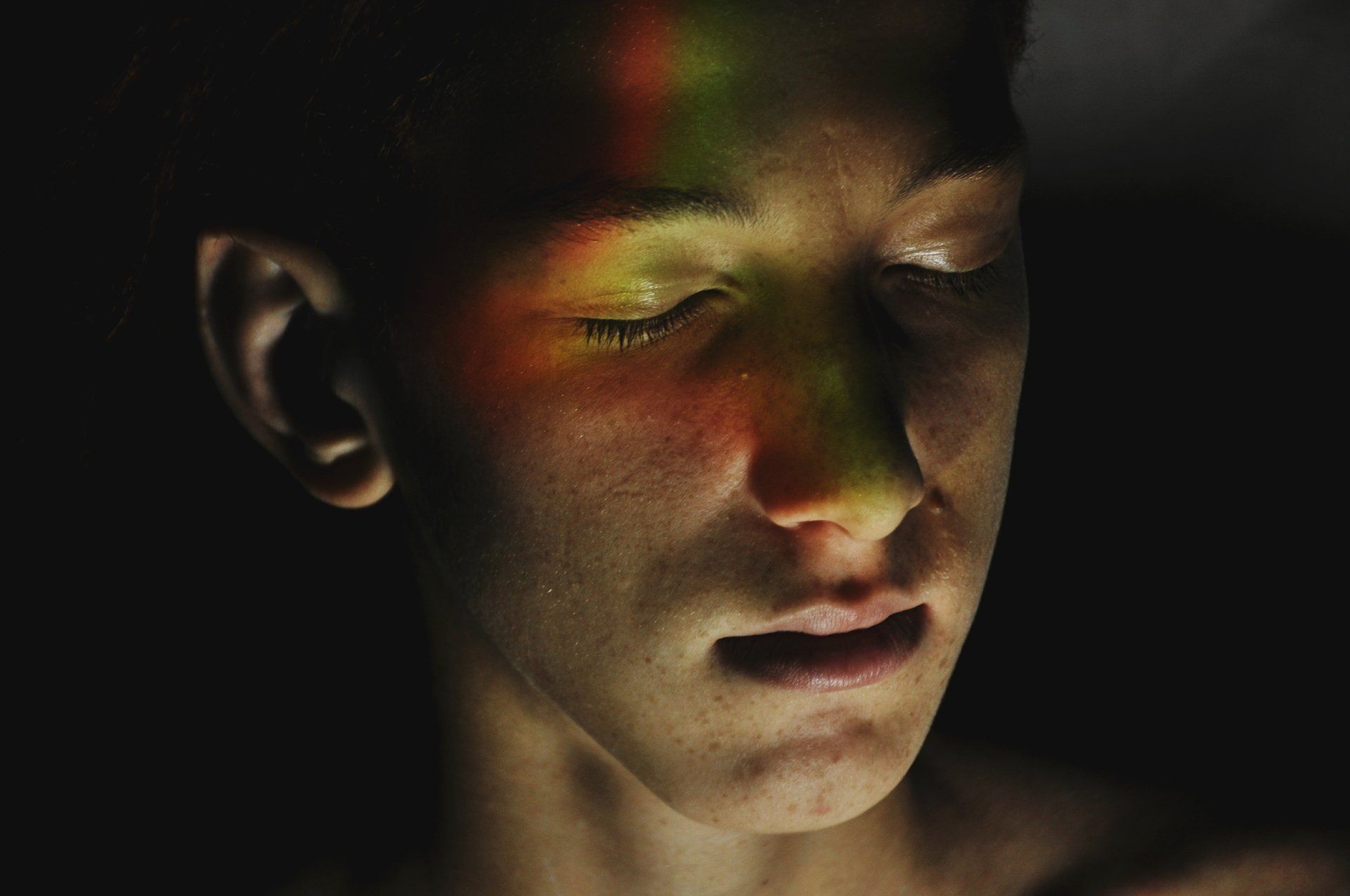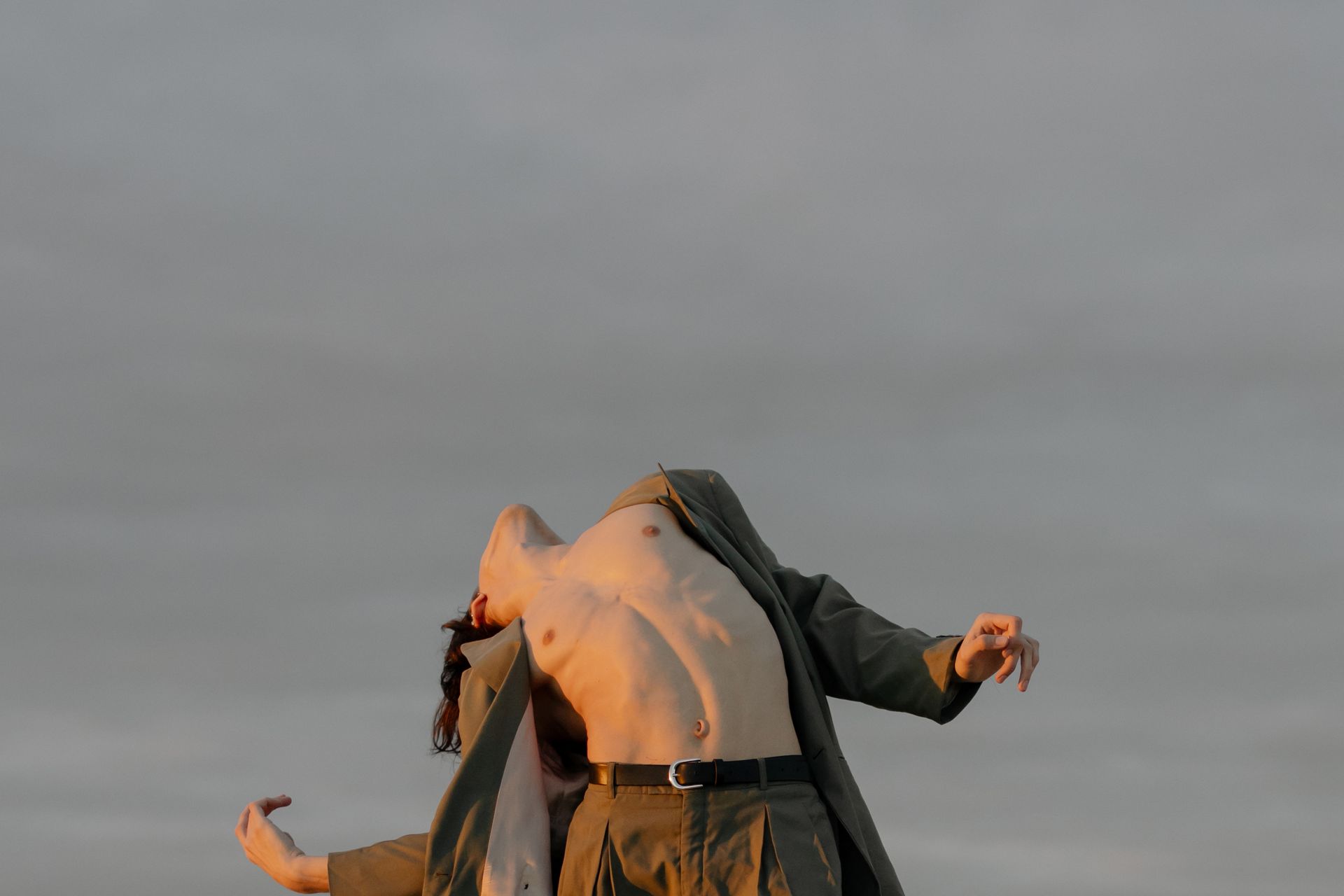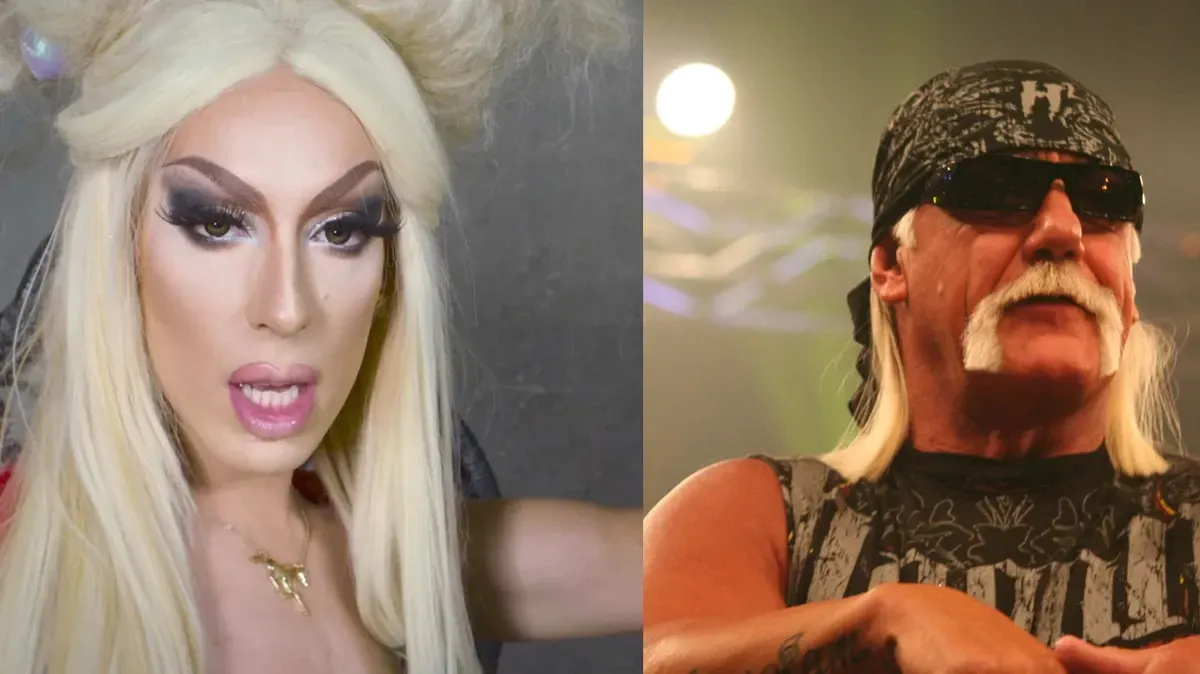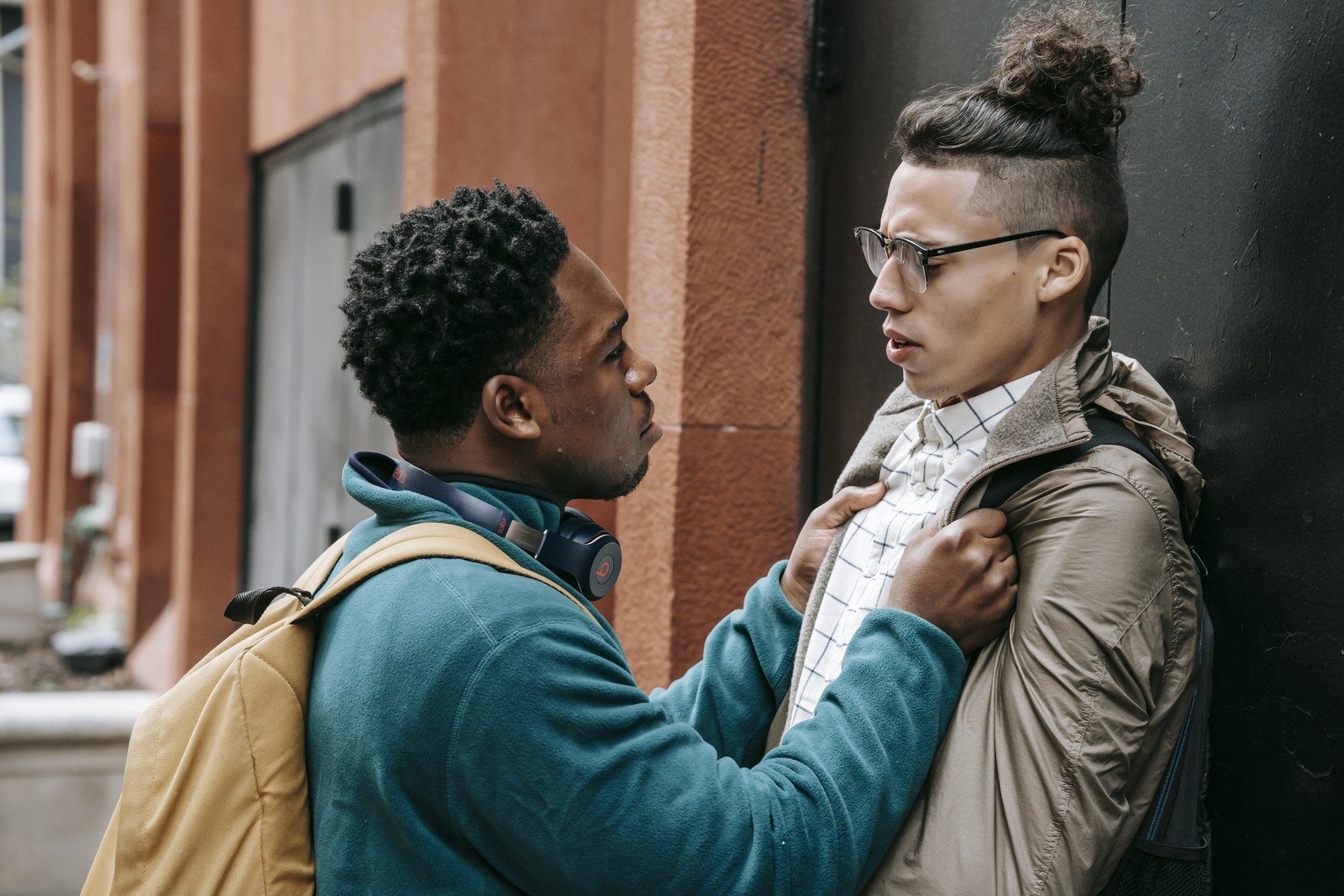Why Barbra Streisand is a Gay Icon
From Funny Girl to Gay Icon: The Streisand Phenomenon
Why do gay men stand at attention when Barbra Streisand's name is invoked? How did this powerhouse performer from Brooklyn becme such a beacon for the LGBTQ+ community? What is it about her that transcends fandom and elevates her to reverence?
Today, we're diving into these questions through the lens of academic theories. With the wisdom of cultural critics, the insights from gender studies, and the words of Streisand herself, we're going to explain why she's such a gay icon.
The Gilded Extravaganza of Camp
According to Susan Sontag, one of the fiercest minds of her generation, Camp celebrates exaggerated, dramatic elements. And who better embodies this than Streisand? From her commanding presence in Hello, Dolly! to her grandeur on concert stages, she is the epitome of this aesthetic that champions uniqueness and flamboyance.
Remember, camp is often seen as a way to celebrate the extraordinary and the unconventional.
Streisand has never been afraid to be herself, even when it has meant going against the grain. For example, she refused to conform to Hollywood's beauty standards and instead embraced her natural features. She also spoke out about her Jewish heritage and her political views, even when it was not popular to do so.
Streisand is a living testament to the celebration of unique self-expression. She has inspired generations of people to be themselves and to celebrate their individuality. She is a role model for many people, especially those who feel like they don't fit in.
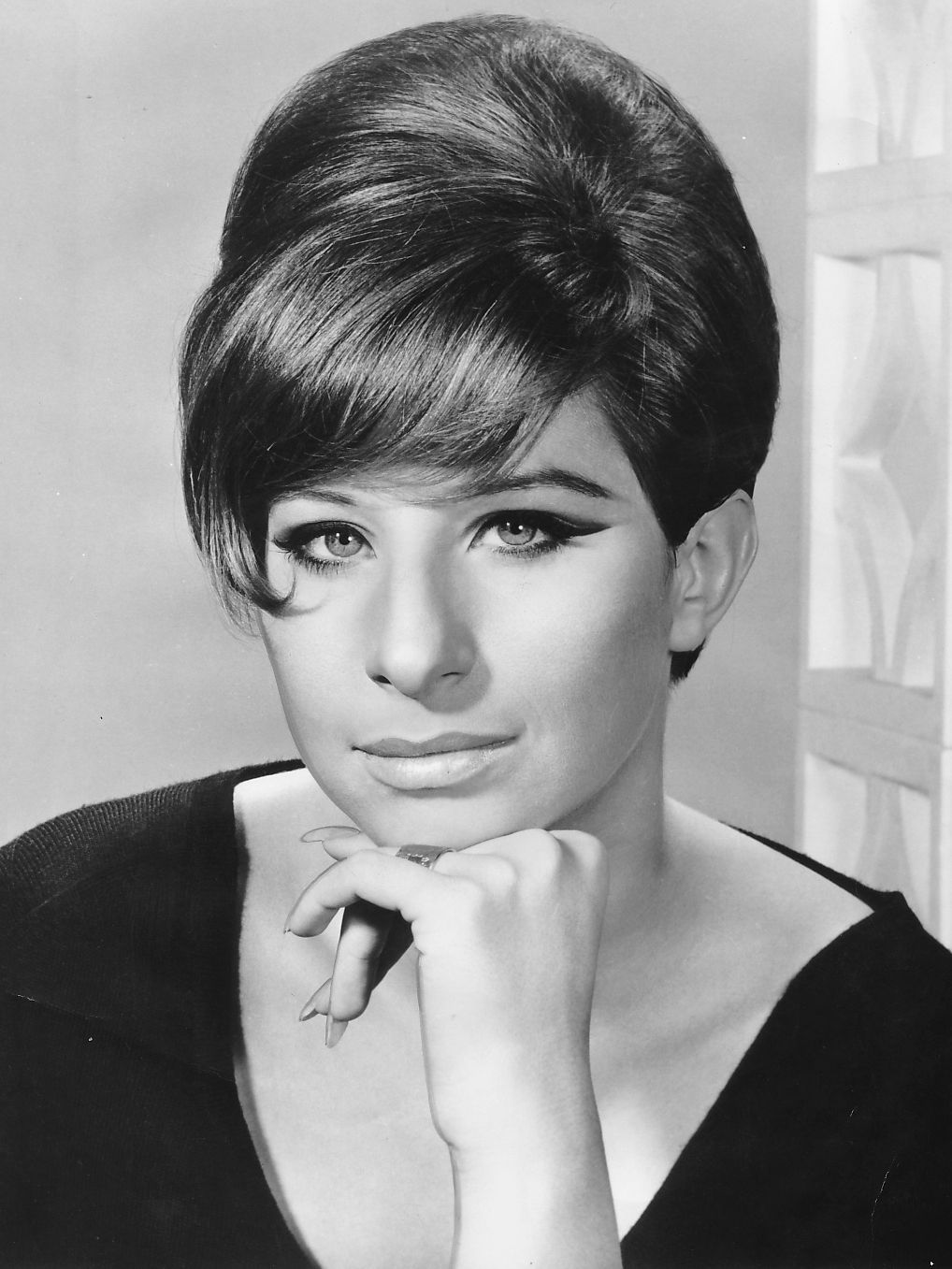
Divine Feminity
Barbra Streisand has long been an icon for the LGBTQ+ community, and her appeal can be partly explained through the lens of Judith Butler's Divine Femininity and Androgyny Theory. This theory puts forth the revolutionary idea that we perform gender rather than possess it inherently. Streisand, with her balance of femininity and power, shatters the traditional molds of gender.
One example of this is her role in the film Yentl. In this film, Streisand plays a young woman who disguises herself as a man in order to gain admission to a Yeshiva. This act of gender rebellion is an echo of liberation for those confined by societal norms, especially gay men who find their expression of identity policed.
Another example of Streisand's androgyny can be seen in her music. Her songs often feature a mixture of masculine and feminine pronouns, such as "You'll Never Know" and "I've Got a Woman." This blurring of gender lines is both empowering and liberating, and it has resonated with many members of the LGBTQ+ community.
An Anthem of Resilience
In addition to her androgyny, Streisand is also an icon of resilience. She has faced many challenges in her life, including childhood poverty, discrimination, and sexism. However, she has always overcome these challenges with strength and determination. This spirit of resilience is particularly appealing to gay men, who often face similar challenges.
Streisand's journey from a humble Brooklyn neighborhood to the dazzling lights of global fame is a testament to her resilient spirit. She has never given up on her dreams, even when faced with adversity. This is a message that resonates with many members of the LGBTQ+ community, who often have to fight for their rights and their place in society.
In a 1991 interview with The Advocate, Streisand spoke out against prejudice of all kinds. She said, "I have no tolerance for any kind of prejudice, whether it's against gay people, black people, or overweight women." This spirit of allyship is another reason why Streisand is so beloved by the LGBTQ+ community.
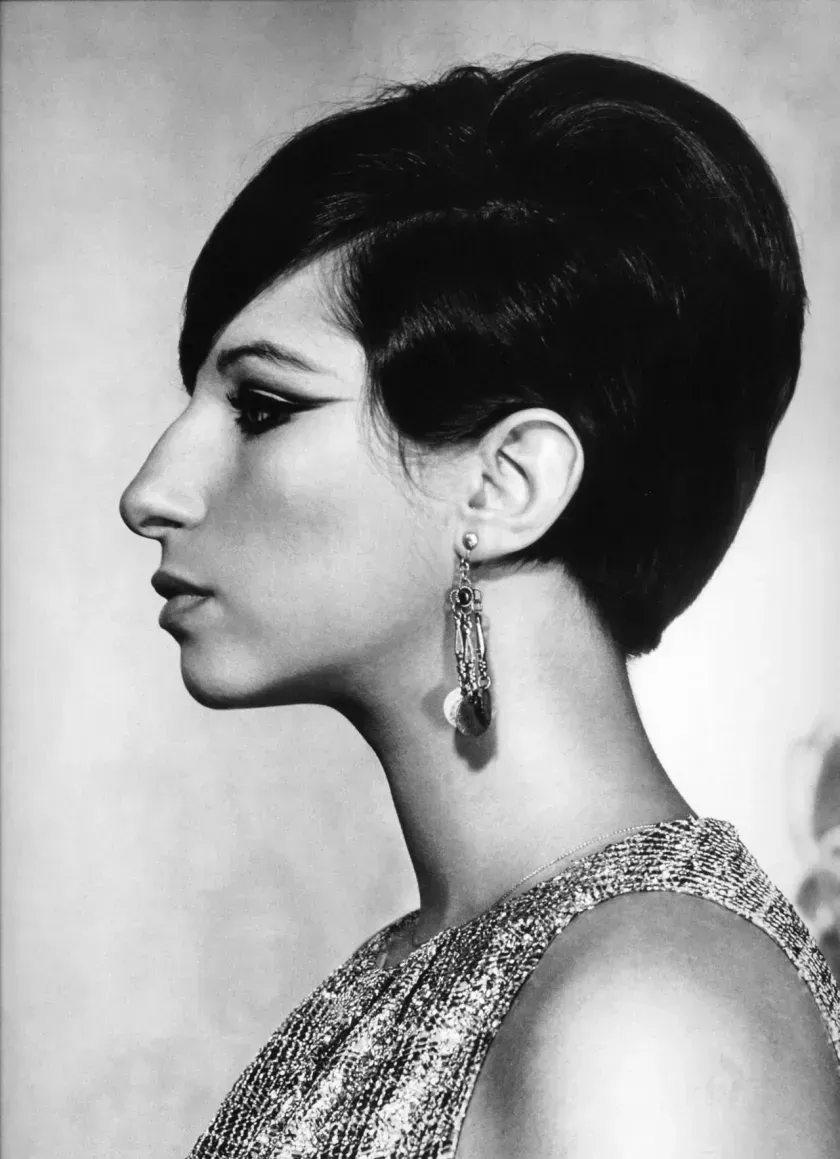
Is Marginalization a Shared Melody?
When you consider Stuart Hall’s Marginalized Representation Theory, it brings forth the shared experiences of Barbra Streisand and the LGBTQ+ community. Both have been marginalized and misunderstood.
Remember when Streisand was initially seen as "too Jewish," "too different," yet, she unapologetically embraced her unique identity and became one of the most successful artists of all time? Isn’t this a beautiful parallel to the gay community’s own journey towards acceptance and pride?
Are We Reflecting or Being Reflected?
Now, picture Jacques Lacan’s Mirror Image Theory. Imagine a young boy coming to terms with his sexual orientation, listening to "People," Streisand’s iconic ballad about love and longing. As Streisand sings about the universal need for connection, does he not see a reflection of his own inner desires and dreams? Is this why so many gay men found a mirror for their identity in Streisand’s expressive songs and genuine persona?
An “Other” Like Me?
As we delve into Simone de Beauvoir’s theory of the "Other", we find another lens to view Streisand’s appeal. De Beauvoir says women are often seen as the "Other" in a male-dominated society. Now, consider the gay community’s struggle against heteronormative society, where they too are labeled as "Other."
Has Streisand’s vocal championing of "otherness," her refusal to fit neatly into prescribed roles, and her celebration of her unique self made her a symbol of defiance and strength for those who feel similarly marginalized?
A Feminist Icon Resonating in Queer Hearts?
Now, think about the Feminist Icon Theory. As an artist, Streisand has always been a voice for strong, complex women — women who challenge societal norms and expectations about gender and sexuality.
Remember her portrayal of Fanny Brice in "Funny Girl," a character who refuses to be merely decorative and chooses to be humorous, ambitious, and brash? Could it be that this relentless portrayal of strong, non-conforming women resonates with gay men, echoing their own rebellion against restrictive societal norms?
From Hall’s theory of marginalized representation to Lacan’s mirror image theory, from Beauvoir’s exploration of the "Other" to the concept of a feminist icon, we see Streisand’s life and career reflected in these academic theories. More than her immense talent and her inimitable voice, it is Streisand’s authenticity, her refusal to be anyone but herself, and her celebration of difference that resonate with the LGBTQ+ community.
Gay Icons of the 1930s and 1940s
Gay Icons of the 1950s and 1960s
Gay Icons of the 1970s and 1980s
Gay Icons of the 1990s
Gay Icons of the 2000s
Fictional Gay Icons
Wonder Woman
Julia Sugarbaker (Designing Women)
Buffy Summers (Buffy the Vampire Slayer)
Blanche Devereaux (Golden Girls)
Patsy Stone (Absolutely Fabulous)
Miranda Priestly (Devil Wears Prada)
Karen Walker (Will & Grace) (have pics)
Samantha Jones (Sex and the City)
Ursula the Sea Witch (The Little Mermaid)


